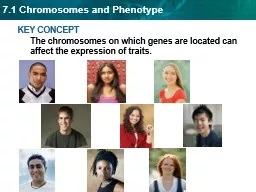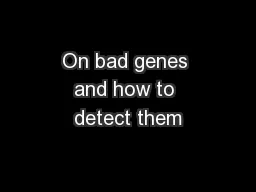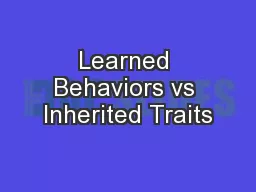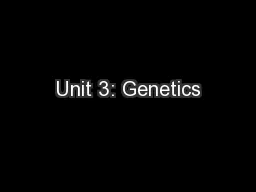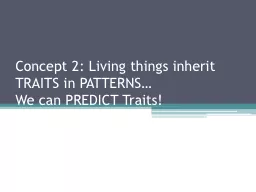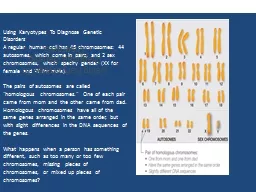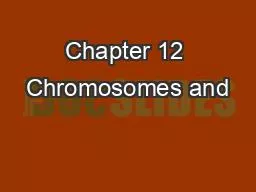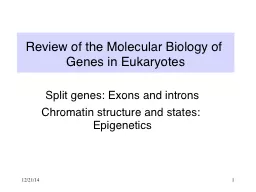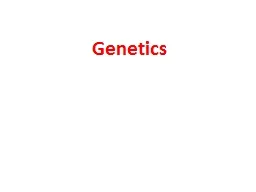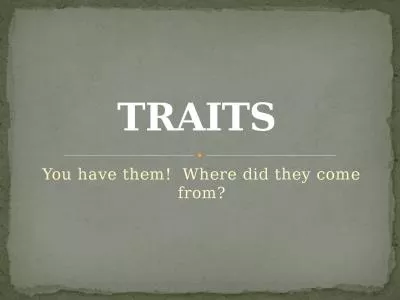PPT-KEY CONCEPT The chromosomes on which genes are located can affect the expression of traits.
Author : naomi | Published Date : 2022-02-24
Two copies of each autosomal gene affect phenotype Mendel studied autosomal gene traits like hair texture Mendel s rules of inheritance apply to autosomal genetic
Presentation Embed Code
Download Presentation
Download Presentation The PPT/PDF document "KEY CONCEPT The chromosomes on which ge..." is the property of its rightful owner. Permission is granted to download and print the materials on this website for personal, non-commercial use only, and to display it on your personal computer provided you do not modify the materials and that you retain all copyright notices contained in the materials. By downloading content from our website, you accept the terms of this agreement.
KEY CONCEPT The chromosomes on which genes are located can affect the expression of traits.: Transcript
Download Rules Of Document
"KEY CONCEPT The chromosomes on which genes are located can affect the expression of traits."The content belongs to its owner. You may download and print it for personal use, without modification, and keep all copyright notices. By downloading, you agree to these terms.
Related Documents

